When you’re dealing with items that are perishable and are kept in cold storage units for preservation, temperature checks are likely a daily part of your staff’s routine. Just as important as the temperature checks themselves are the frequency in which they are taken.
We can use CDC guidelines around vaccine storage as a jumping off point to kickstart the discussion.
The Frequency of Cold Storage Temperature Checks
Per the CDC’s Vaccine Storage and Handling Toolkit, the temperature of cold storage units housing vaccines should be checked twice daily: once at the start of the workday and once at the end of the workday.
The general idea behind these multiple temperature checks is that malfunctions can happen at any time of the day. For instance, if a medical refrigerator that houses vaccines or other medications malfunctions in the middle of a work day, temperatures could rise to dangerous levels if the issue is not discovered until the next morning. Medications can ultimately lose their potency and need to be discarded.
But these manual checks are just part of the temperature monitoring process. The CDC also mandates that all vaccine cold storage units be equipped with a temperature logging device so a complete temperature history is available and accessible to staff. That way, if a refrigerator malfunction occurred in the evening hours or over the weekend, personnel will be able to see if the temperature inside the refrigerator was elevated long enough to compromise the efficacy of the medications inside the refrigerator.
The Case for Digital Data Loggers Across All Industries
While vaccine storage (and the medical field in general) introduces concerns that warrant temperature logging devices to be required by regulators, the continuous monitoring of digital data loggers delivers benefits to other industries, too.
Consider the food and beverage industry as an example. The FDA Food Safety and Modernization Act does not require the use of a temperature logging device, but it does outline the need for comprehensive temperature controls to maintain safety in food production and minimize the chances of food borne illness.
Rather than relying solely on manual refrigerator and freezer checks that might happen every few hours, automated tracking of real-time temperature conditions via a digital data logger lets staff respond quicker to potential temperature issues, without the burden of manual checks. What’s more, they’ll have a permanent log of recorded temperature data to consult when it comes time to report back to regulatory agencies.
The Need to Enable Temperature Checks When Off-Site
Not all digital data loggers are built the same. Whereas some locally record data and can provide local alerts to on-site staff, others are integrated into a convenient cloud-based system that makes temperature data and alerts accessible no matter where personnel are. Temperature checks can be conducted at any time from any location, and if a temperature issue occurs in the evening or over the weekend, staff will have the oversight they need to take swift action that maintains quality control.
CORIS Provides One Integrated System to Serve Your Needs
Whether your goal is to monitor the temperatures of vaccines or foods, the CORIS temperature monitoring system keeps you connected to data that matters. Staff will appreciate the convenience of being able to check the temperature of cold storage units from any desktop or mobile device, as well as receive real-time alerts when temperatures move outside of predefined temperature ranges. A three-tiered escalation system for alerts notifies personnel if temperature conditions worsen, and alerts are regularly sent until the issue has been addressed.
One of the other benefits of the CORIS system is that temperature data (including alerts) is permanently stored on CORIS servers. With on-demand reporting capabilities, staff can easily access temperature data to prove compliance to regulatory agencies like the CDC and the FDA. This applies even in the event of a power or internet outage, as CORIS sensors are equipped with an internal battery option to allow continuous monitoring.
Does our temperature monitoring system seem like a good fit for your needs? If the answer is yes, please don’t hesitate to contact us and learn more about our system.
